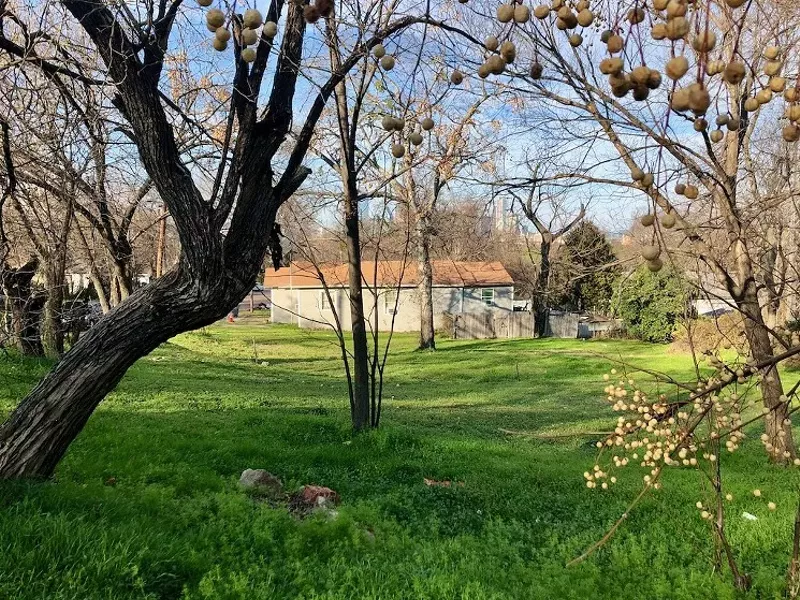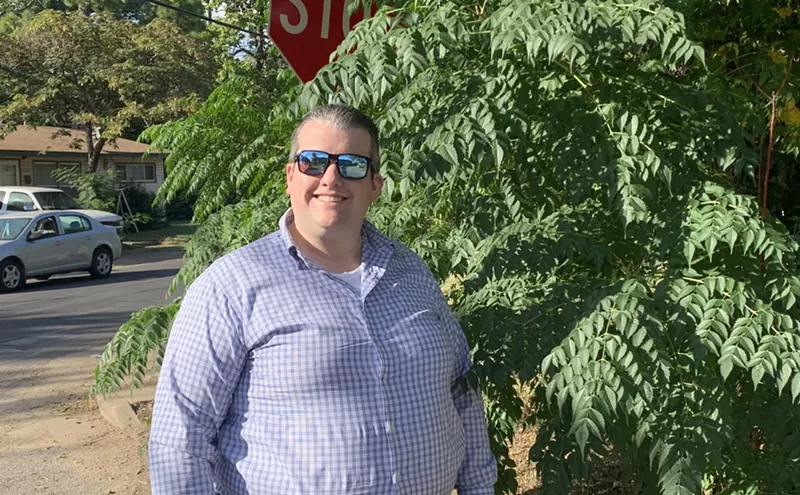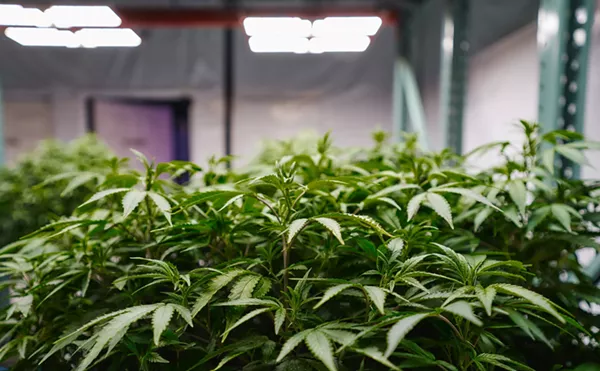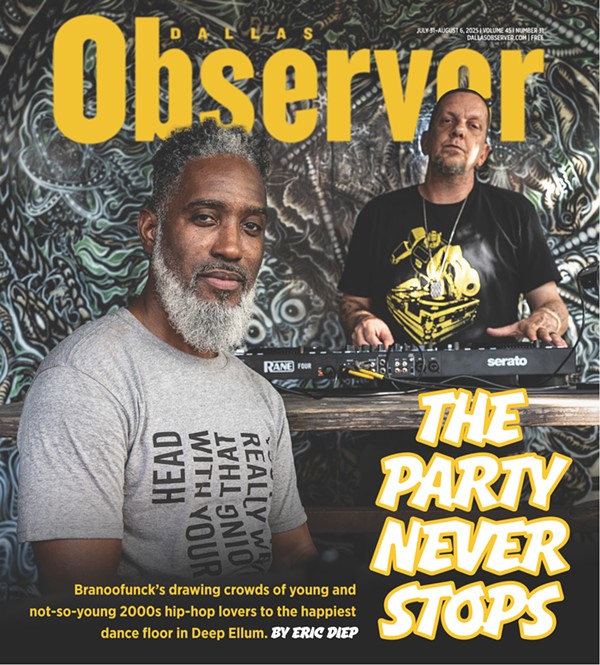The purpose of the study is to understand the correlation between new development in Dallas and the increased need for affordable housing. BAE Urban Economics Inc. presented the study’s preliminary findings to the City Council’s Housing and Homelessness Solutions Committee on Monday.
“There is no separation between economic growth and housing,” said Eric Anthony Johnson, economic development and neighborhood services chief. “You have to have housing to support your workforce, otherwise you’re going to struggle in your economic growth and development.”
BAE Urban Economics began its study this summer, Johnson said, and plans to have a final draft sometime in December. He said one finding that stuck out to him is that some workers in the fastest growing occupations in the Dallas area can’t afford the monthly rent for an average one-bedroom apartment ($1,129) or the 25th percentile house ($239,000) without spending more than 30% of their income."It is regular, ordinary people that are basically trying to make their way as part of our local economy." – Eric Anthony Johnson, economic development and neighborhood services
tweet this
The top five fastest growing occupations in the Dallas area include nurses, waiters and waitresses, retail supervisors and salespersons, and cashiers, according to the study.
"When you look at affordable housing, it's not what people really think. It is regular, ordinary people that are basically trying to make their way as part of our local economy," Johnson said. "Part of that nexus study is to help understand that and really trying to reshape the narrative to align with economic growth so we can have a community moving in a solid direction."
To afford the average one-bedroom apartment, a person has to make about $50,000 a year. The average price of a new one-bedroom apartment, made in the last year or so, is about $1,700, meaning a resident would have to bring home over $74,000 a year. Paying for a house in the 25th percentile price range would require making at least $72,000 annually.
To help close some of these gaps in affordable housing, the city can look to convert market rate units to affordable units, dedicate land for affordable housing development and partner with affordable housing developers.













